Otothyropsis piribebuy
Otothyropsis piribebuy was described in 2011 by Calegari, Lehmann A. & Reis. Sometimes they are referred to as Brown Otocinclus (aka “KBO” (“Kleiner Brauner Oto”), LG2).
Synonyms for this fish are Otocinclus “negros”, Otocinclus “nero”., Otocinclus “paulinus”, These are all incorrect, as this small catfish does not belong to the genus Otocinclus. This species is most closely related to the species in the genus Hisonotus, but due to a number of differences it cannot be added to that group.
Description
An active, peaceful and generally harmless companion fish for other fish (exceptions are Angelfish and Discusfish, to which Otocinclus sometimes like to attach themselves) that should always be kept in a group, at least 5-6 specimens, but preferably 10 or more . House these fish in a densely planted aquarium, which offers plenty of shelter with large-leaved plants (such as sword plants), rounded pebbles (for the necessary surfaces for algae to grow on), driftwood and a layer of rounded gravel as a substrate to prevent injuries to the mouth while foraging on the bottom.
Maximum Size: 3-4 centimeters. Females grow to about twice the size of males.
Origin
South America: Paraguay and the Rio Paraná below the Itaipú dam, in northern Argentina.
The Aquarium
An aquarium of 60 centimeters in length is sufficient for a small group of these social and very active algae eaters. A densely vegetated tank with lots of hiding places in the form of (drift) wood and rocks and dimmed lighting is preferred, because this Catfish feels most comfortable under these circumstances and can claim a small territory.
Can be kept with conspecifics without any problems, provided that sufficient hiding places are provided. Of course, a somewhat larger aquarium is then necessary: for a group of 2-3 fish, an aquarium with a length of 80 centimeters is a good home.
Optimal is soft, slightly acidic water, which can be obtained by filtering over peat or using Black Water Extract. But the Ancistrus is a very strong, adaptable fish, and will also do well in harder, more alkaline water.
Temperature: 18-27°C
pH: 5.5-7.5
Diet
This small catfish can be kept to combat algae problems: algae are an integral part of the diet. But these fish often go through the algae supply faster than new algae are formed, and for that reason additional feeding is necessary: think, for example, of plant-based food such as algae/spirulina tablets and vegetables (cucumber, eggplant, zucchini, lettuce leaves and blanched spinach), but also meat-containing foods such as sinking carnivore tablets, tubifex and mosquito larvae are often accepted without any problems.
Comments
Like most Otocinclus-like species, the first 2-3 weeks are critical: mortality is particularly high during this first period. Important are good (read: slow) acclimatization, a stress-free environment and a good and nutritious diet (almost all specimens are wild-caught, and a large proportion of the fish arrive starving). It is therefore advisable to keep a close eye on the new fish during the first weeks.
Video
Author
Jonas Hansel – Piranha-info.com
Copyright images
Jonas Hansel – Piranha-info.com
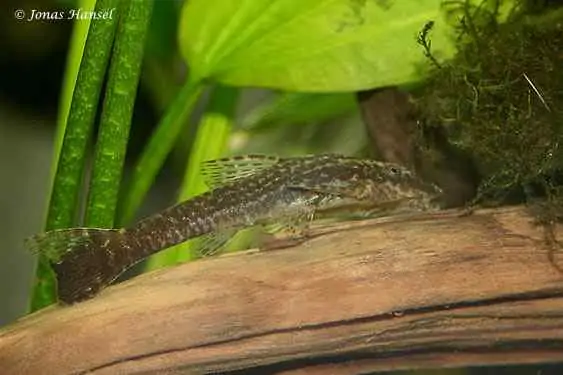










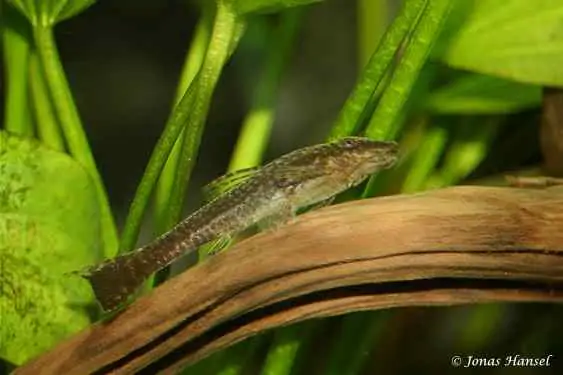








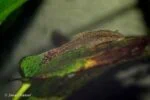








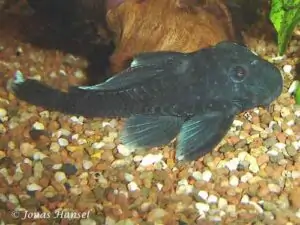

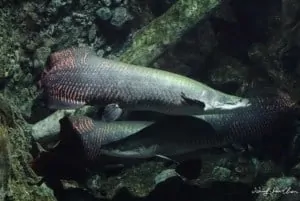
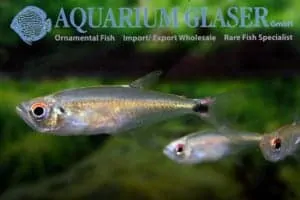


Reviews
There are no reviews yet.